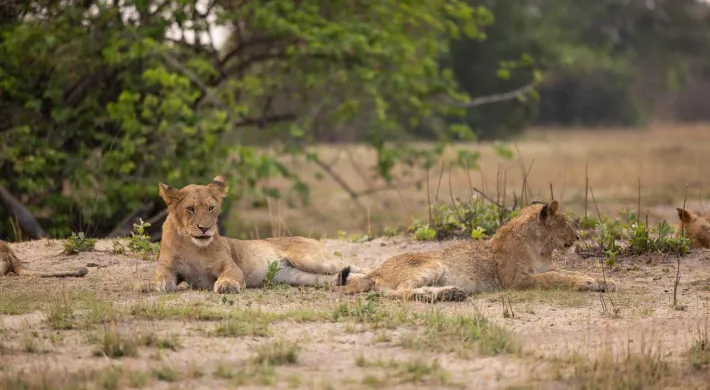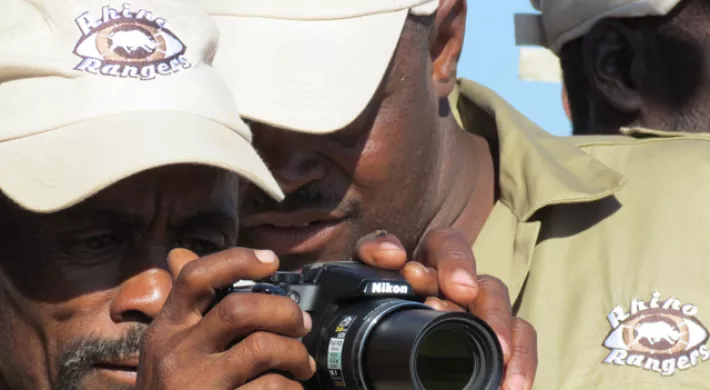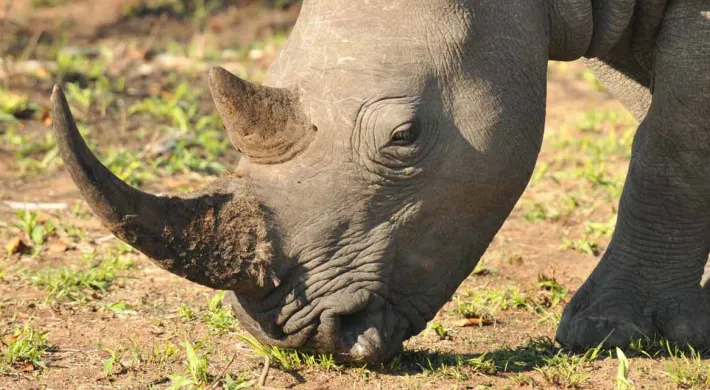Written by Tamara Trull, Watani Grasslands Zookeeper, North Carolina Zoo
This past December (2022), I was selected to go with Drs. Rich Bergl and Drew Cronin from the Zoo's Conservation, Education and Science Section to Africa to help teach rangers how to use SMART conservation software, an anti-poaching system the Zoo helped develop. I was so excited about this awesome opportunity because I could go to a place I'd never been to! Not to mention, I got to use the knowledge I had gained training on SMART around the Zoo over the past few months to help teach others.
We were focused on two places during this trip, northeastern Namibia (including staff from several National Parks) and Waterberg National Park in the center of the country. I will tell you about the work in northeast Namibia, the part of the trip that was the most memorable for me.
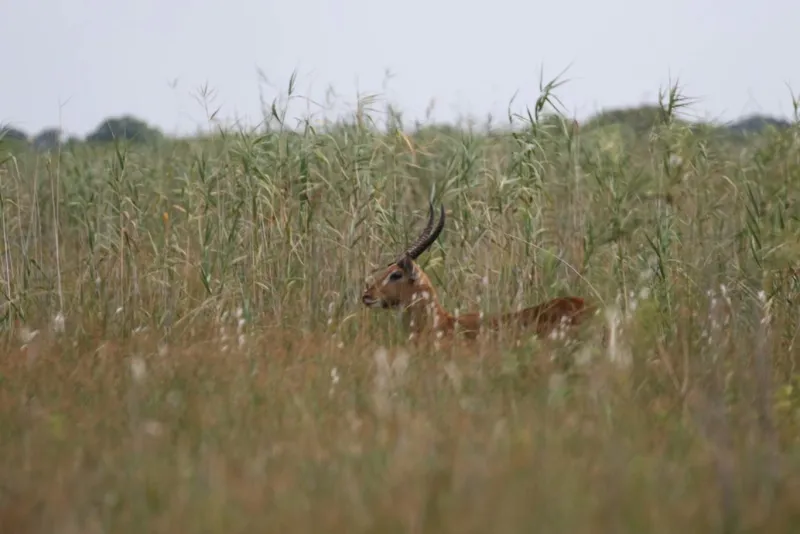
After a couple of days of traveling, we finally got to our destination, but we couldn't start until the following day. I was looking forward to being able to do what we came to do. We got up in the morning and drove to Susuwe station in Bwabwata National Park, where rangers and wardens from various other stations came together to attend the workshop.
After the meetings where the SMART program was introduced to the rangers, I finally got to spend time with them one on one. Drew would type up a scenario to give the rangers practice using the SMART mobile devices, which track poaching in the area in real-time. This also gave me a chance to use what I learned to check on the rangers' progress and help them if needed. This was one of my favorite times during this trip because I worked with the rangers there to protect not just rhinos (who I work with and adore) but all the native animals from poaching. Rangers are at the forefront of this program, and I was honored to be able to interact with them so closely.
I spent a few days with them and saw how excited they were to learn to use SMART—the night before the last training workshop was bittersweet as we prepared the computers and all the mobile devices to leave with the wardens and rangers. That night I really felt like I was a part of something bigger than myself. Working alongside everybody to accomplish this task was rewarding, but it was sad knowing the next day was the last day I would see this amazing group of people. I never realized it was going to be hard to say goodbye. On our last day, we distributed all the devices, and everybody got a certificate. It was a great ending to a lot of hard work and long nights!
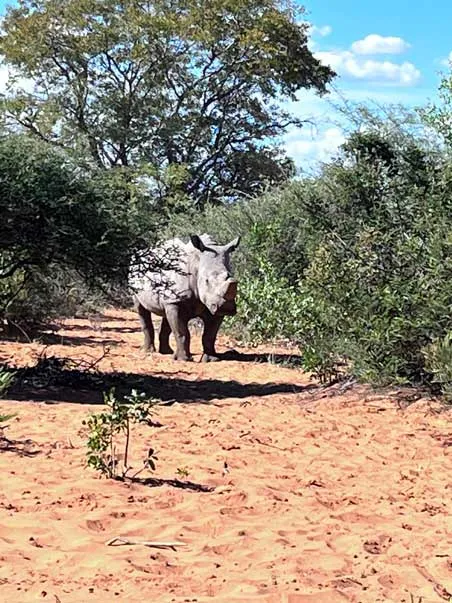
I work on the Zoo's Grasslands habitat, a 40-acre expanse where a variety of hoof stock and southern white rhinos live. During my trip to Africa, I was so fortunate to see some of these animals, such as rhinos and greater kudu, in the wild. I even got the privilege to see animals I had never seen before, like a red lechwe. On top of everything else, I had a chance to try new doos. Another thing that amazed me was how the different cultures built their homes. They used dirt from termite mounds! I thought, "Wow, that seems like a brilliant idea," showing how they utilize their resources.
The biggest takeaway from this adventure had to be the fantastic people I met and the relationships I built along the way. Everybody was so friendly and very helpful, not to mention the shared enthusiasm for conservation. I may be an animal person, but I really enjoyed spending time with all the people I worked with on this trip to Namibia.



